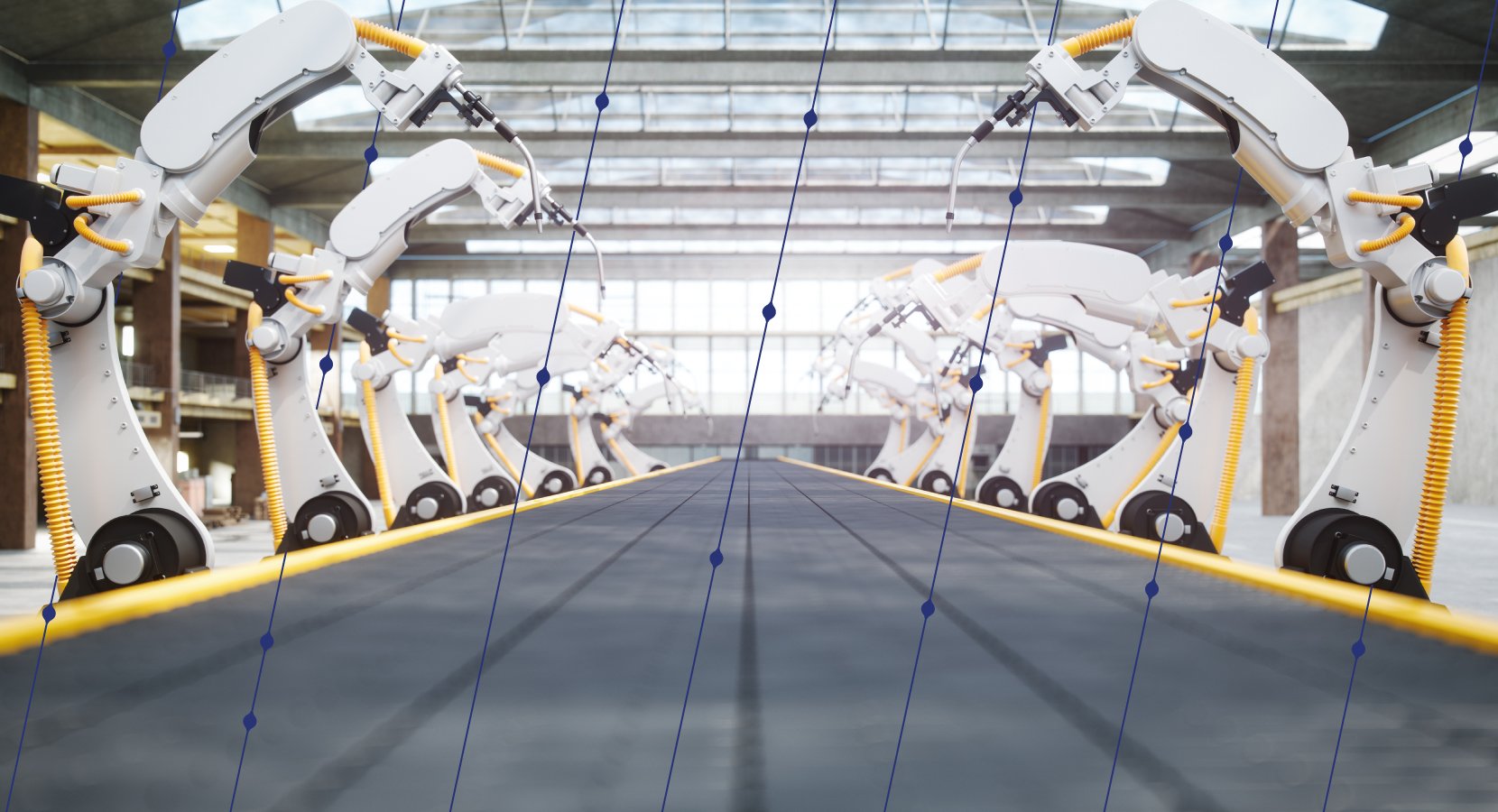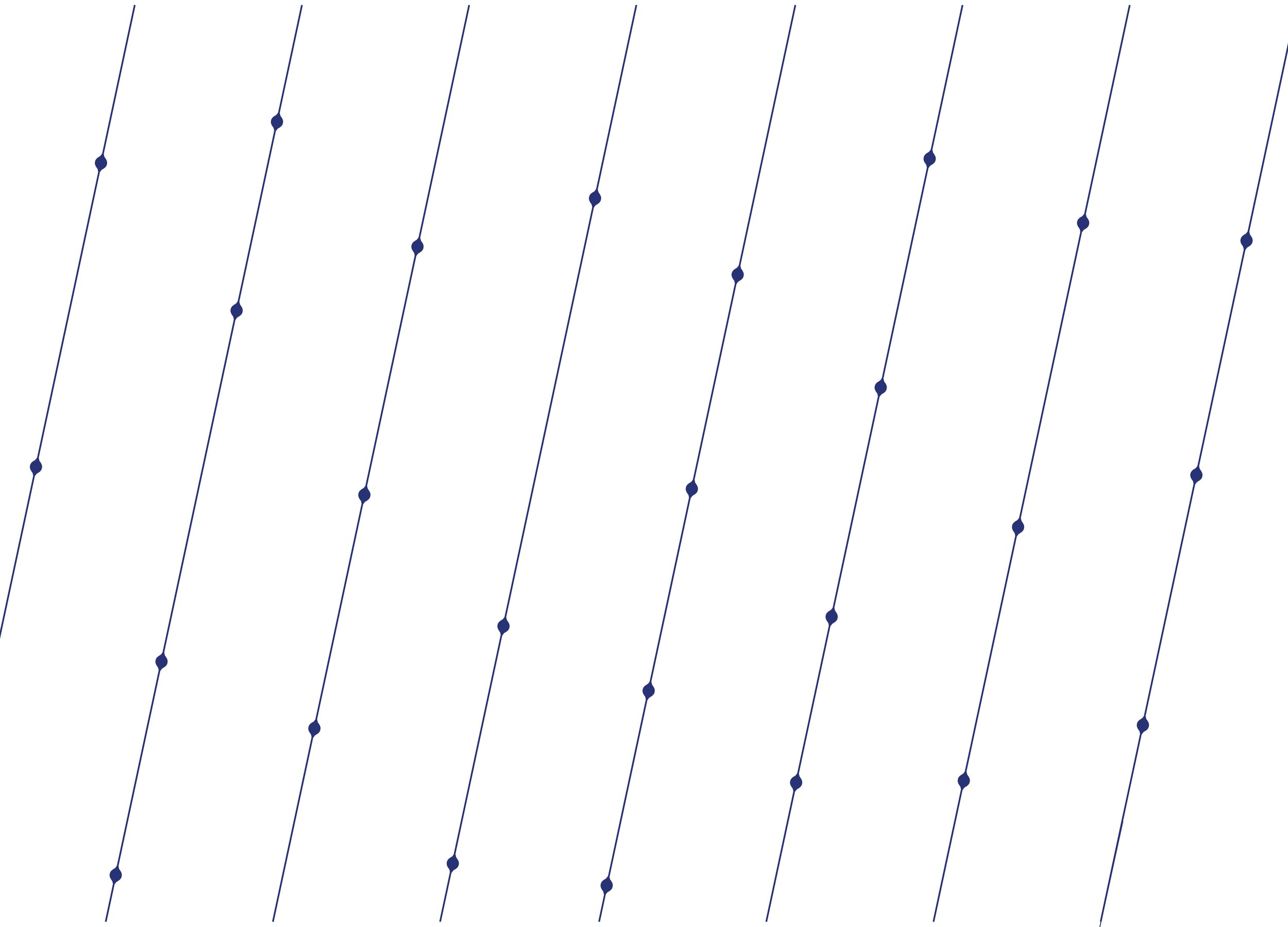
Labour markets
The automation of tasks and jobs by new technologies is one of the most significant forces shaping the global economy, in ways comparable to the Industrial Revolution. Yet, despite considerable research on technological transformation, little has been known about how technology, and particularly automation, has disrupted UK labour markets and what the impacts of this are on people and society.
This knowledge gap has largely been a product of a lack of quality, systematically collected data on technology use and adoption by UK businesses, meaning that there has been no record of the amount of automation that has occurred at a sufficiently granular level to be useful for policy makers and economic strategists.
The Pissarides Review is enabling a better understanding of the nature and trajectory of technological disruption on the UK labour market and looking to how to ensure the transition of the labour market serves to build a future of better work across the country.
Read the relevant work on this that we have already published in the Review:
Full working paper on the Disruption Index.
The DI is a tool designed to measure the capacity of regions to invest in new technologies and the factors that enable firms to adopt and integrate new technologies.
Old skills, new skills - what is changing in the UK labour market?
‘This analysis is crucial for anyone involved in shaping the education and training programmes that will be essential to ensure workers, firms and the UK benefit and thrive in times of continuous learning and skills development.’ - Professor Stephen Machin, Director of the Centre for Economic Performance.
Patterns of Co-occurent skills in UK job adverts
Based on a dataset of 65 million online job postings, this work allows for new analyses of the co-occurrence of skills that go beyond expert categorisation alone, highlighting the ranges of skills that are being demanded over time, and the ways in which individual skills and clusters of skills are connected across the skills network.

-

Worker skills and resilience
Understanding how to support individual worker capabilities and resilience through technological transformation.
-

Public institutions
Designing new policies and strategies to address disadvantages and alleviate the risks of automation.
-

Health and wellbeing
Exploring the relationship between labour market change and work, health, and wellbeing outcomes.




